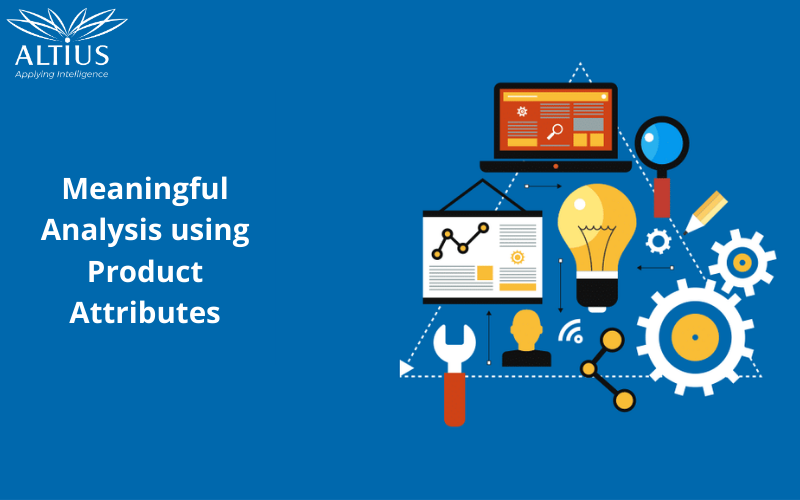
Product attributes are considered to be a concrete means of analysis of any product. For an eCommerce business, this plays an important role in analysis since the attributes define the product qualities in a meaningful way. It also describes the inherent characteristics and qualities of a product; which consumers tend to give importance to.
Attributes are what distinguishes products from each other. It includes product aspects like color, size, flavor, package type, and so on. Attributes hold significance for the consumers because it determines their purchase decision. For the business, it offer a structure and help in creating product categories. Many times, it defines the products’ competitive set as well.
In an eCommerce business, if we take products as an example, then the largest level is a category and the smallest is an item. There are several levels between category and items which are defined by them. Different attributes allow you to define various product segments and helps you to stay updated as per trend. This also makes it easy to identify the potential growth opportunities.
All the product database items are coded with different attributes. Some of them are unique to the products, for example – food and beverage products have flavor as an attribute, while personal care products have a scent as an attribute. These attributes are generally not interchangeable. Some of them are applicable to all products, such as manufacturer, brand, category, size, and so on. Once you are sure of the list of attributes, you can analyze their performance depending on what holds importance for the business and for the consumers.
Some examples of meaningful analysis using product attributes include:
1. What is the performance of the different brands and manufacturers?
2. What is the relative pricing between sizes?
3. Are multi-serve packages more famous than single-serve packages?
4. What is the competition between different types of containers? E.g. cans or bottles
Product attributes are generally available at the item level only. They do not apply at the level of total products. Although attributes are important, one cannot rely completely on them. This is because of keeping consumer behavior in mind. They might not necessarily be what the company wants. In addition, not all categories use the same unit of measure for an attribute. For example, for size attributes, different manufacturers may use different units of measures.
One must remember that attributes are related to product values and consequences. The combination of consumer behavior and sales patterns helps the business to determine this framework.





